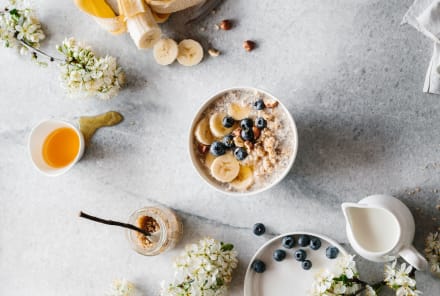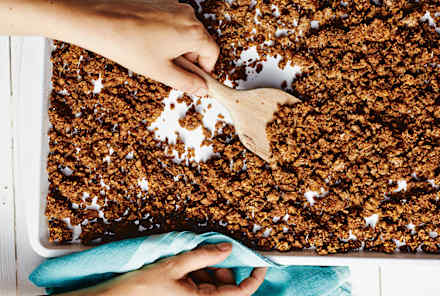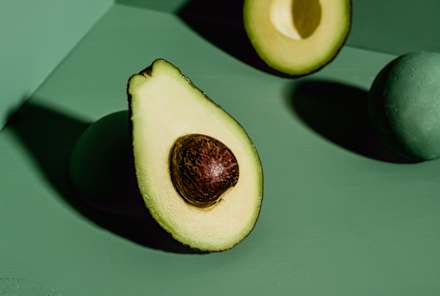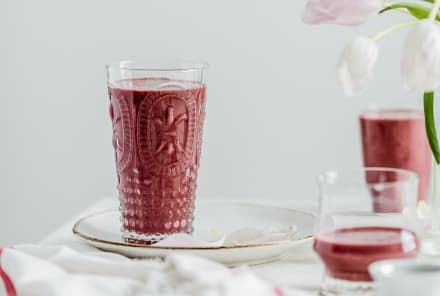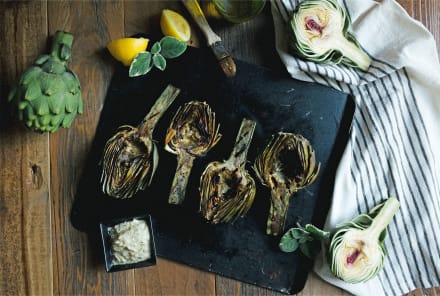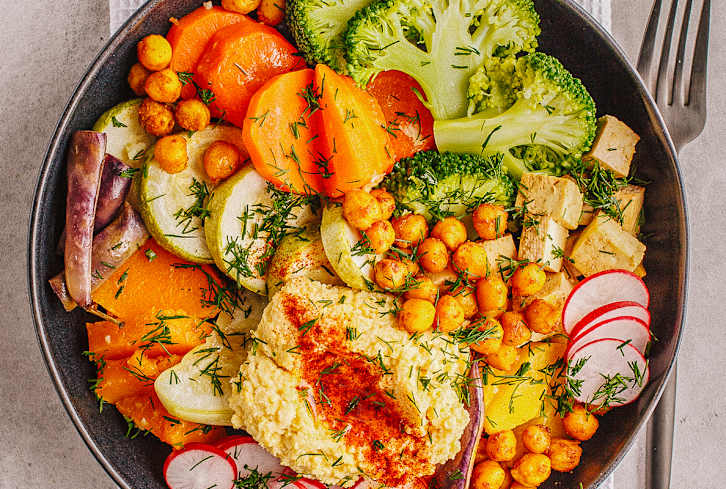Advertisement
Are You Making These Rookie Smoothie Mistakes?

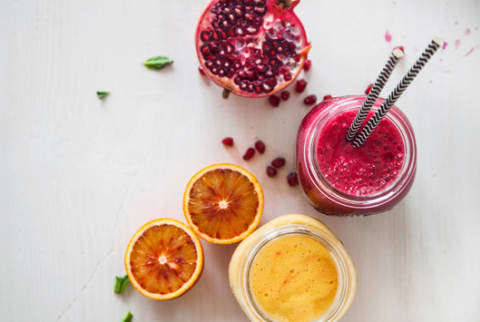
Can’t go a day without your superfood smoothie? Me neither! Smoothies, especially green smoothies, have redefined breakfast. Kitchens everywhere have a blender permanently sitting on the counter, ready at a moment’s notice to whip up a smoothie in seconds.
But not all smoothies are created equal and we must pay attention to exactly what we’re tossing in the blender. A simple handful of spinach does not a healthy smoothie make! Of course some leafy greens can only improve the health score of a smoothie, but we need to keep some guidelines in mind if we want to make that super-green smoothie super healthy.
What is put in the blender is as important as what is left out—keep all your smoothies fresh and health supportive with these tips.
Fruit and juice.
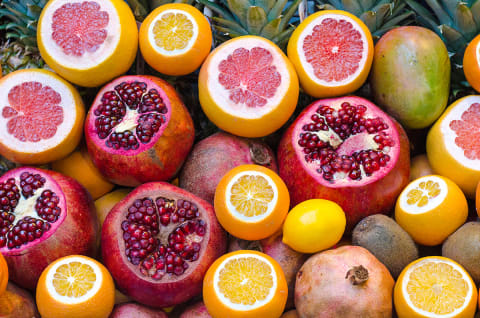
Fruit is bursting with antioxidants and all kinds of nourishing phytonutrients, but there are some things we need to keep in mind with respect to fruit when it comes to our smoothies—and they all relate to sugar.
Every smoothie has to have at least a little bit of liquid to get the blending process going. Popular choices include dairy and nondairy milks, water, and juices. But the latter is a questionable choice. Fruit juices can leave us with a blender full of sugar. By thinning out our smoothies with fruit juices, we are inadvertently tipping our smoothies more toward the dessert category than breakfast. For example, 1 cup of orange juice has over 20 grams of sugar. We’ve already busted the sugar bank and we haven’t added any actual fruit to the smoothie.
The healthy smoothie secret is to forgo the fruit juice and use water or unsweetened plant-based milks instead. If you like to buy your smoothies from the juice shop on the corner, ask them to skip the juice.
How much fruit?
The quantity of fruit we add to our smoothies is also worth discussing. A good guideline is to cap it at 1 cup of fruit per serving (i.e., per person), not per type of fruit. If you’re just getting into smoothies, you might prefer more than this but try to get it down to about a cup. This leaves room for fresh greens, nuts, seeds, and other veggies!
What kind of fruit?
We can’t talk about quantity without discussing quality. Some fruits have more sugar than others. Tropical fruits, like pineapple and mango, are higher in sugar and subsequently can do a number on energy levels. Other fruits, like berries, are lower in sugar and will have less of an impact on blood sugar fluctuations.
This isn’t to say you have to avoid higher-sugar fruits altogether; just proceed with caution. If you’ve decided to make a creamy mango smoothie (who doesn’t love mango?), be sure to keep portion sizes in check and add other high-fiber ingredients as well as some fat or protein to help avoid the blood sugar crash. This green smoothie is loaded with high-fiber, anti-inflammatory seeds that will keep you full and aid in digestion.
Protein powders
We’re a little obsessed with protein. Yes protein is essential and we need it for muscle growth and pretty much every other metabolic process in our bodies, but most of us get enough. Even on a plant-based diet, if you eat enough calories, you’re likely getting adequate protein. However, adding some protein-dense ingredients to smoothies can be beneficial in that it will keep you full longer and help minimize blood sugar spikes. Protein post-workout is also important, especially if building muscle and improving athletic performance is a priority.
Just like smoothies, protein powders come in all different forms. Some are much healthier than others. It’s important to read the label and find out what kind of protein you’re getting in a particular product, how much protein is in each serving, and, most importantly, what other additives are used in making said protein. Artificial ingredients, preservatives, and sweeteners abound in many protein powders! If you want to use a protein powder, seek out varieties made with whole-food ingredients. Many brands now offer vegan, gluten-free, and dairy-free products with added fiber, green/blue algae powders, probiotics, and prebiotics.
The smoothie rut.
We all have our favorite smoothie combinations or a default recipe. You probably make it or order it day after day and never get bored, but it’s important to get some nutritional variety! The saying "eat the rainbow" is intended to inspire a diet made up of a wide array of fruits, veggies, and colors.
With each new color we get new phytonutrients and a diverse array of plant-based antioxidants. If you’ve been sticking with your foolproof banana, spinach, peanut butter combo, it’s time to switch it up! The best way to do this is to rotate greens and fruit with the seasons. Watermelon, peaches, and fresh spinach are perfect for the summer, and pears, clementine, and kale are fresh and available in the winter.
By trying new smoothie recipes you might just find a combination you’re in love with. I’ve recently discovered that pear, clementine, and kale are a match made in smoothie heaven! If you really want to shake up your smoothie routine try a smoothie bowl. They’re easy to make and super versatile! Need some smoothie bowl ideas? How about one for every day of the week?

